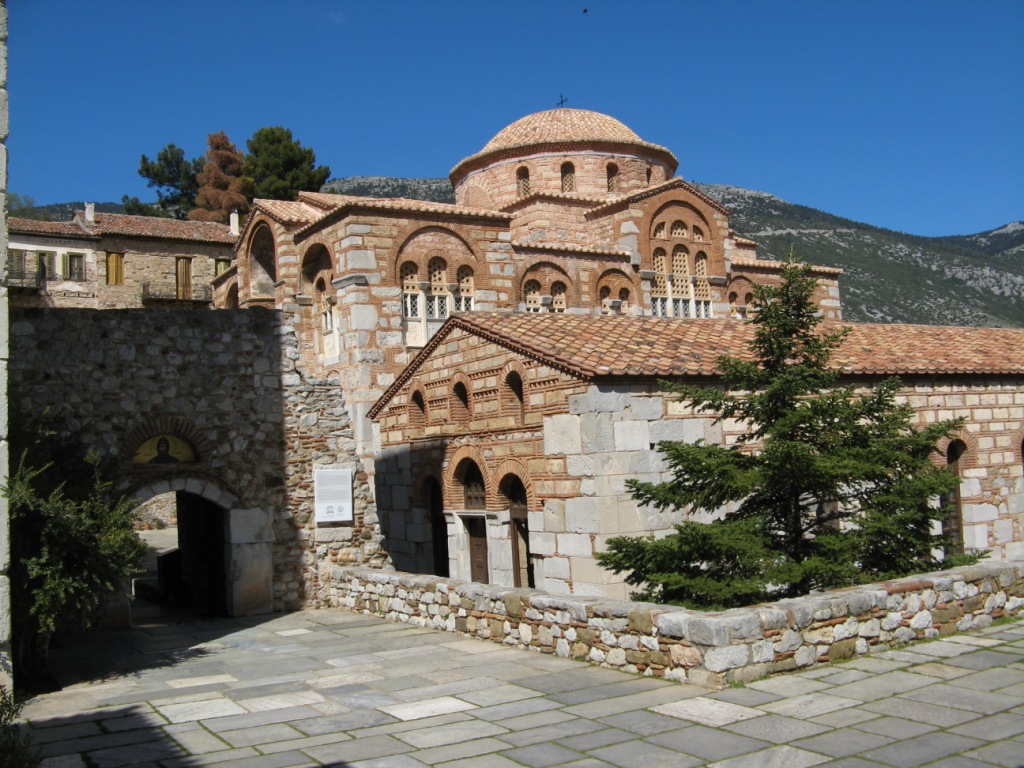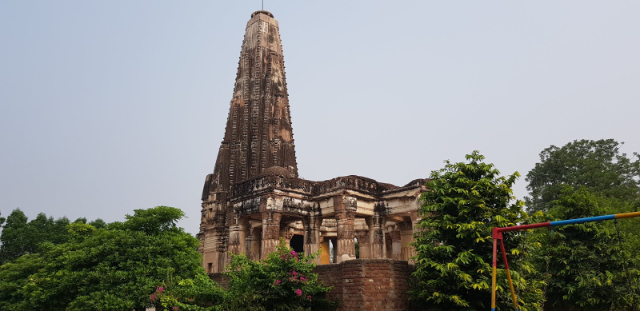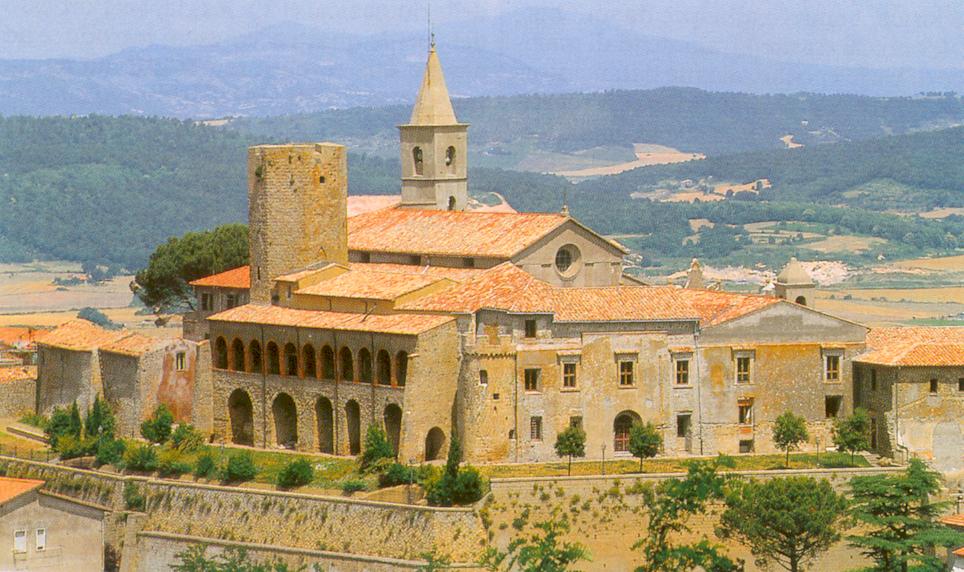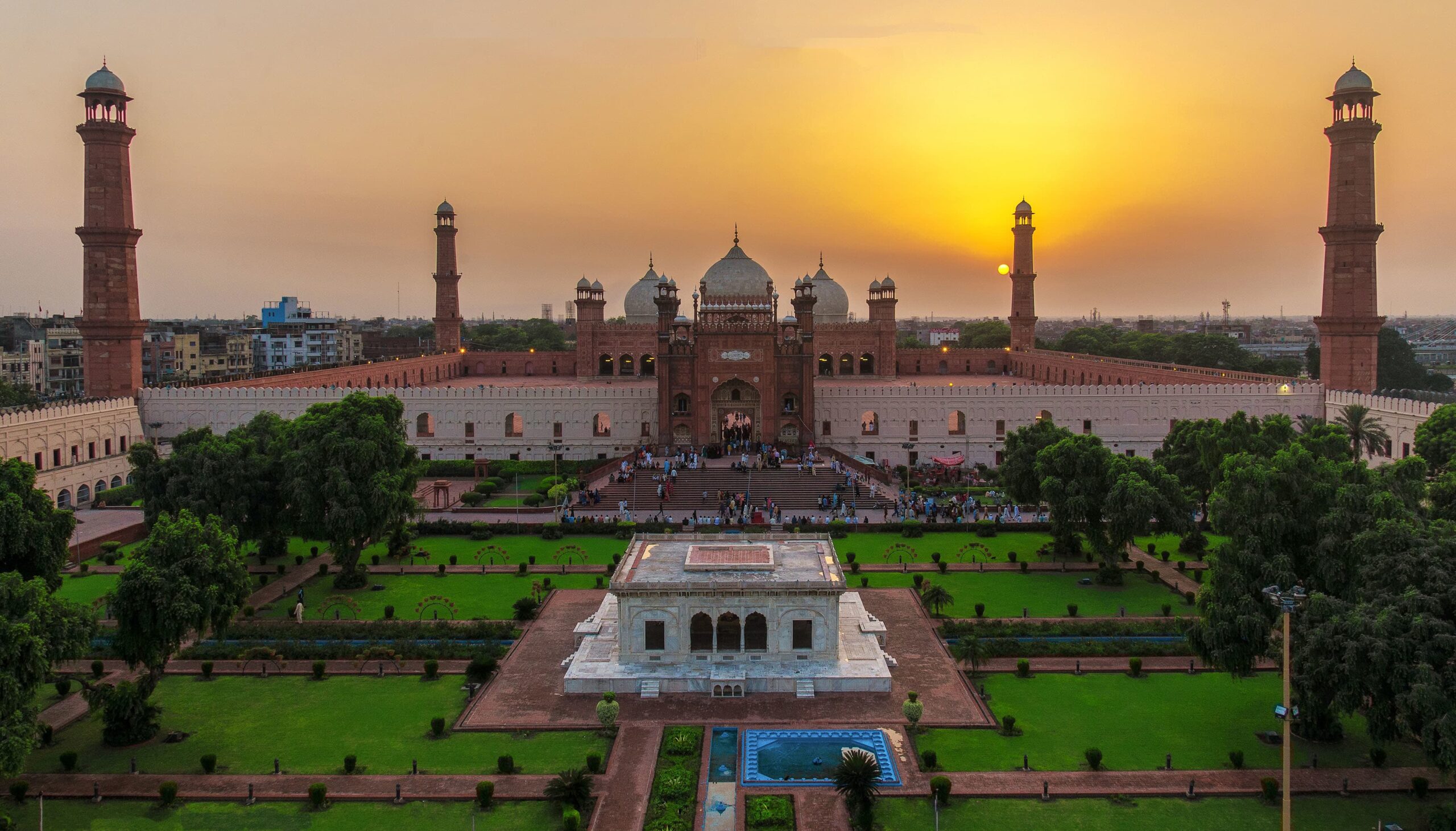Contrary to what it might seem, the Monastery of Osiou Louka (Luke wounded) is not dedicated to the famous evangelist, but to a Greek hermit who died in 953 AD and was buried in the crypt of the monastery.
St. Luke, born in Delphi in 896 A.D., left his home as a boy in search of his spiritual path. He became a healer and began to be attributed miracles. Luke began to develop an extraordinary talent as a prophet and was able to foresee that Crete would be freed by an emperor called Roman II. Eight years after Luke’s death, his prophecy was confirmed and the Roman Emperor II ordered a large church to be built in his honour.
At the entrance of the monastery there is an interesting golden mosaic with the image of the saint. You can visit the imposing building, the Church called Katholikon, connected inside with another smaller one, known as Theotokos, built between 997 and 1011 in honour of the Virgin Mary.
Inside the temples, the frescoes and some mosaics in perfect condition are particularly interesting. Below the Katholikon there is the crypt, where the body of St. Luke rests.
Although much smaller in size, the Monastery of Osiou Louka has an appearance reminiscent of St. Sophia in Istanbul or St. Mark’s Basilica in Venice.
The landscape surrounding the Osiou Louka Monastery is not as spectacular as that of the Meteora Monasteries, but it is, however, a special place, capable of transmitting a great tranquillity to its visitors.













